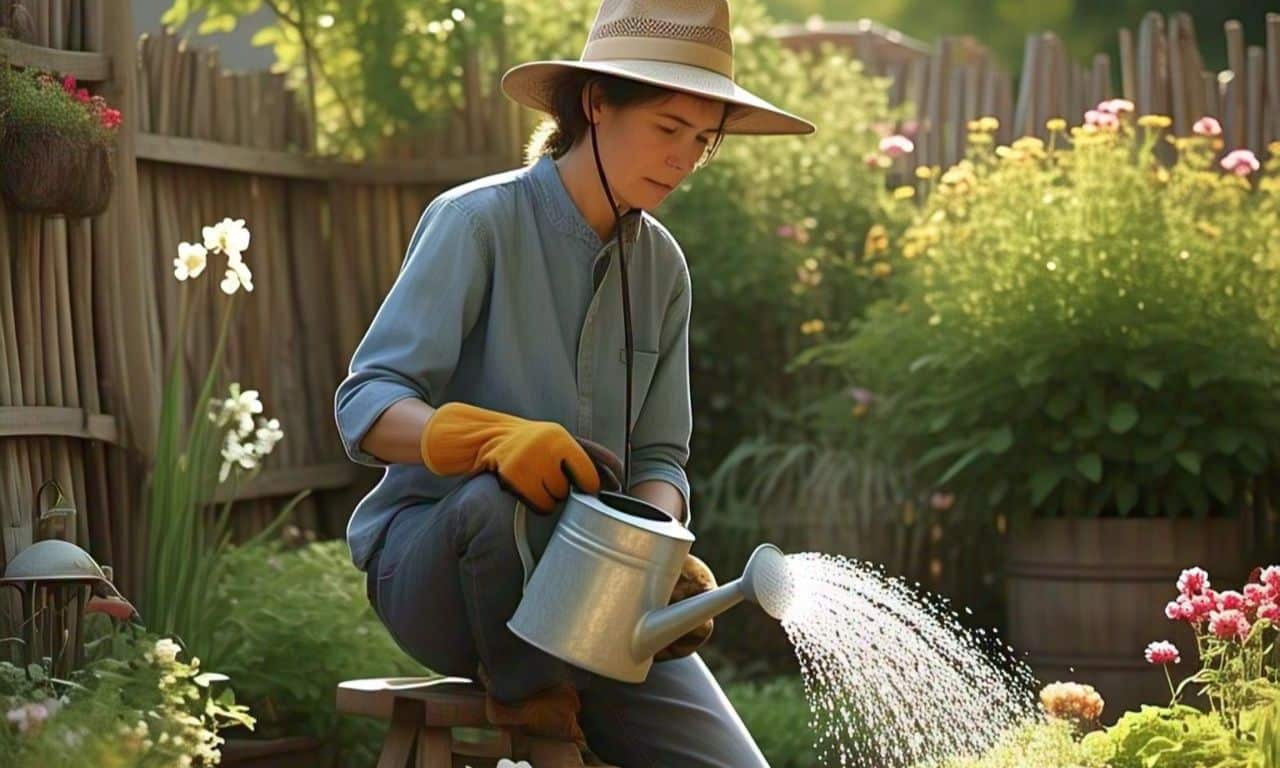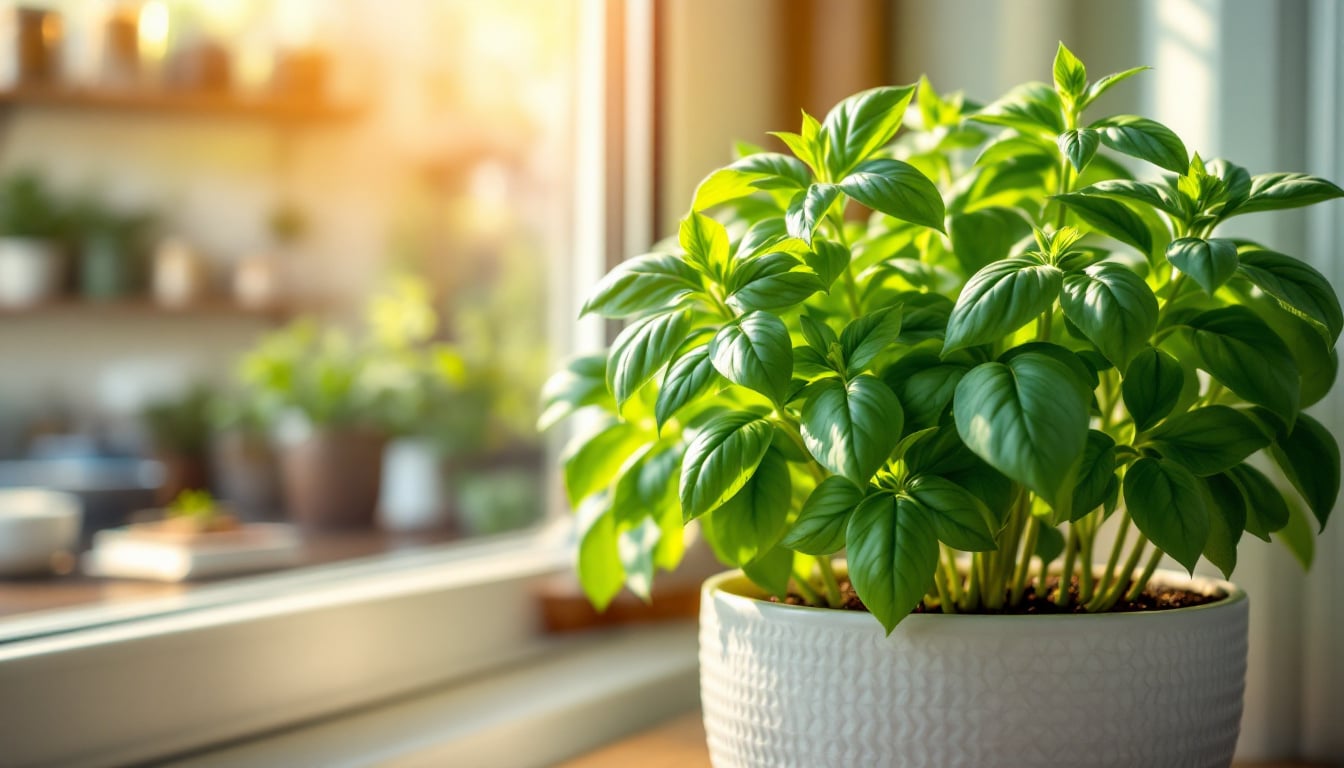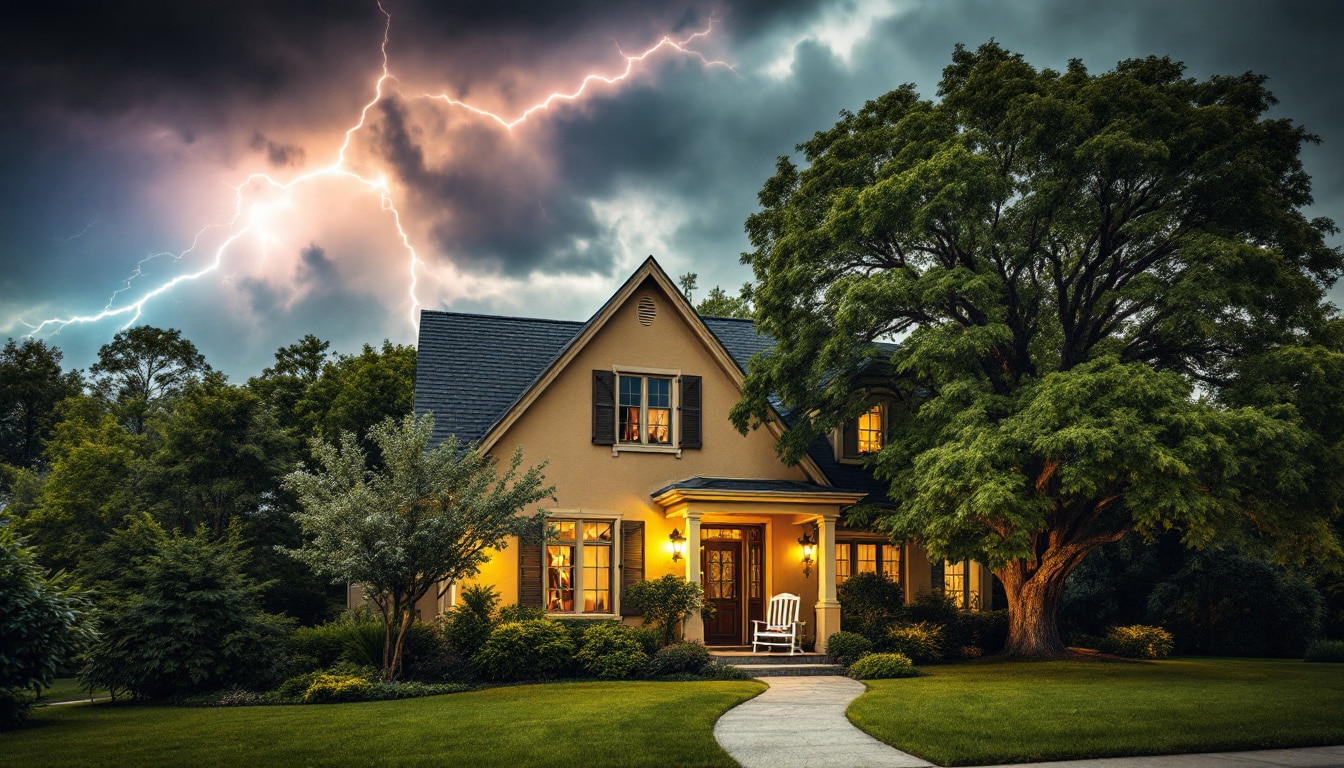🌿 Discover how to save precious water in your garden while keeping your plants healthy! 💧 Learn simple yet powerful techniques like collecting rainwater, choosing drought-resistant plants, and watering smarter—not harder. Your sustainable garden journey starts here. 🌼
As a dedicated gardener, you already understand that water is one of the most precious resources for maintaining a flourishing garden. But with the growing threat of water scarcity due to climate change, finding ways to conserve becomes more important than ever. This article explores a range of smart, sustainable techniques to help you reduce your garden’s water usage—without compromising the beauty and health of your plants. From rainwater harvesting and soil enrichment to efficient irrigation and the use of greywater, every strategy shared here is aimed at creating a more eco-conscious garden.
💡 Fun Fact: Some drought-tolerant plants, like lavender, can survive on less than 250 mm of rainfall per year once established—making them ideal for water-wise gardens!
Highlights 🌟
- 💧 Harvest rainwater to reduce reliance on treated tap water
- 🌱 Enrich soil with compost to retain moisture longer
- 🌼 Select drought-tolerant plants for beauty and resilience
- 🕓 Water during cooler hours to minimize evaporation
- 📍 Use drip irrigation or soaker hoses for precision watering
- 🏡 Reuse greywater safely with biodegradable products
Improve Soil to Retain Moisture
Healthy, well-structured soil forms the bedrock of any water-wise garden. Incorporating organic matter such as compost, leaf mold, or well-rotted manure significantly increases the soil’s ability to hold moisture. This not only reduces the need for frequent watering but also supports microbial life, which helps plants absorb nutrients more efficiently. To further enhance moisture retention, apply a layer of mulch—such as bark chips or straw—around plants. This acts as a barrier against evaporation and protects roots from temperature extremes.
Opt for Drought-Resistant Plants
Not all plants need copious amounts of water. A smart way to design your garden is by incorporating drought-resistant species—plants that can thrive with minimal irrigation. Mediterranean favorites such as lavender, rosemary, thyme, and sedum are well adapted to dry conditions. Once established, they require little more than the occasional deep watering. For best results, group plants with similar watering needs together, reducing waste and simplifying your care routine.
Hydrangea color hacks: what to add to your soil for blue or pink flowers
Time Your Watering for Maximum Efficiency
Watering your garden at the right time can make a significant difference. Aim to irrigate either early in the morning or late in the evening. During these cooler parts of the day, water has a better chance of soaking into the soil rather than evaporating. Avoid watering during midday when the sun is strongest. Using this method ensures plants receive the maximum benefit from each drop of water.
Use Smart Irrigation Techniques
Rather than relying on traditional sprinklers or hoses that can be wasteful, try installing drip irrigation systems or soaker hoses. These methods deliver water directly to the root zone, where it’s most needed. You’ll conserve water while improving plant health. For smaller gardens, even a watering can provides better control than a hose, allowing you to target plants individually and avoid unnecessary runoff.
Be Strategic With Lawn Maintenance
Lawns are notorious for their water consumption. To reduce this, set your mower blades higher. Taller grass shades the soil and encourages deeper root systems, making it more drought-resistant. You can also convert sections of your lawn to low-water ground covers like creeping thyme or clover, or replace grassy areas with decorative gravel, paving, or drought-tolerant borders. Letting your lawn go brown in the peak of summer isn’t harmful—it’s a natural form of dormancy, and most grass will bounce back after rain returns.
Prevent Runoff and Water Loss
Wasting water through surface runoff is a common issue in poorly designed gardens. Combat this by watering slowly and deeply to promote infiltration. Build permeable paths and shallow basins or swales around plants to capture rainwater. These features help direct water where it’s needed most and reduce erosion. The goal is to make every drop count.
Repurpose Household Water Safely
Reusing greywater—the relatively clean wastewater from sinks, showers, and washing machines—can significantly cut your garden’s water footprint. As long as you avoid harsh detergents and use eco-friendly cleaning products, this water is safe for ornamental plants and even some edible crops. Collect it in buckets or install a basic greywater system to start reducing your reliance on mains water.
FAQs
What is rainwater harvesting? It’s the process of collecting rainwater from surfaces like roofs and storing it for garden use, especially during dry periods.
Why enrich garden soil with compost? Compost improves water retention, supports beneficial microbes, and reduces the need for constant watering.
Which plants use less water? Lavender, rosemary, and succulents like sedum thrive in dry conditions and need minimal watering once established.
What is greywater? Greywater is gently used household water from sinks, showers, and appliances that can be reused in the garden if free from harmful chemicals.
When is the best time to water plants? Water in the early morning or evening to prevent evaporation and help plants absorb moisture effectively.
Your Garden Can Thrive with Less
Conserving water doesn’t mean sacrificing a beautiful garden—it simply means gardening smarter. By harvesting rainwater, nourishing your soil, and choosing your plants and watering methods wisely, you can create a lush, sustainable outdoor space. Every effort you make today contributes to a greener, more resilient future for your garden and the planet. Don’t forget to come back soon for more expert gardening tips and eco-friendly home ideas! 🌍✨





